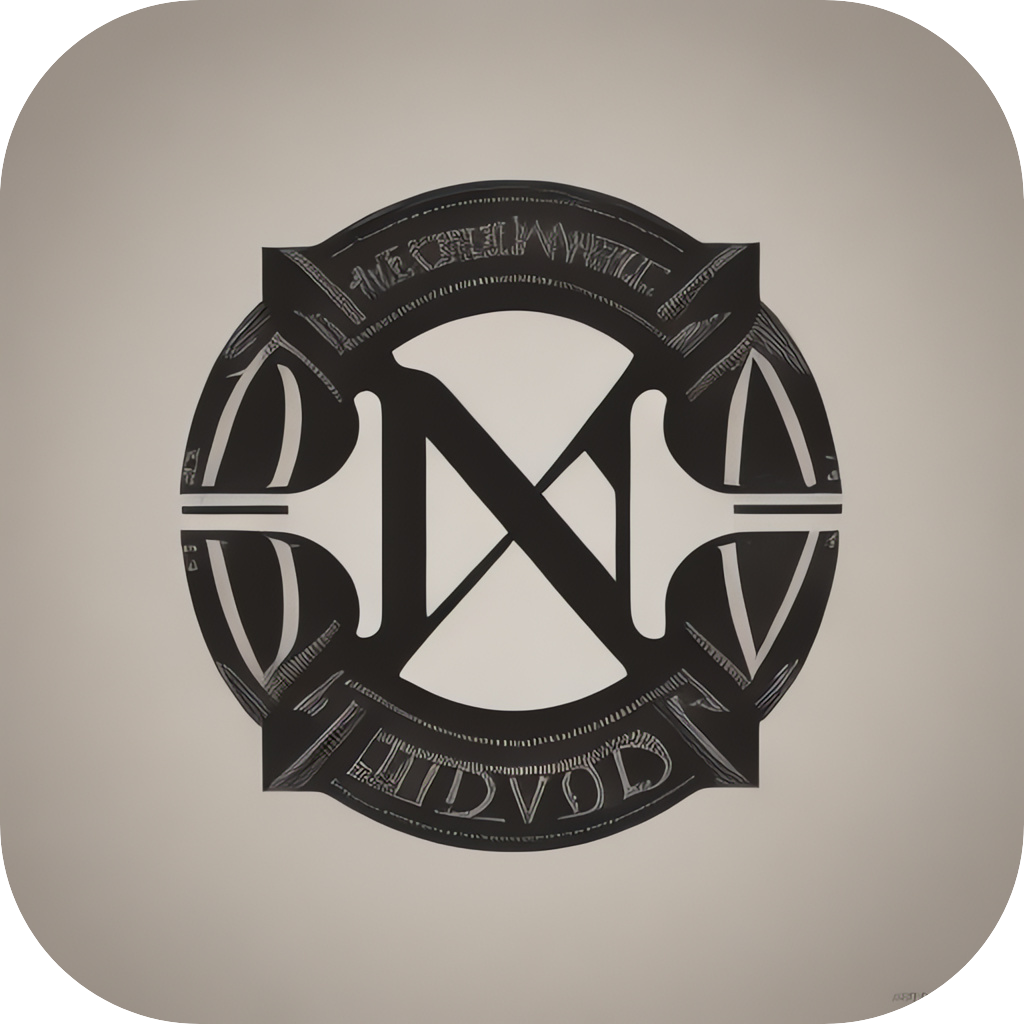In the digital age, where information is abundant and easily accessible, managing and storing this information efficiently becomes crucial. A tool that increasingly proves its worth in aiding information processing, knowledge retention, and productivity is markdown-based note-taking. This article offers a comprehensive guide to mastering markdown, equipping you with essential skills to navigate this powerful text formatting language, enhancing your productivity through well-organized notes.
Markdown’s simplicity makes it appealing to beginners, yet its flexibility and efficiency make it attractive for advanced users as well. The key to unlocking the full potential of markdown lies in understanding its syntax, which requires little time and effort to master.
### 1. **What is Markdown?**
Markdown is a lightweight markup language initially developed by John Gruber in 2004 to provide an easy-to-read, easy-to-write plain-text format. It’s designed to enable human-readable documentation that can be converted to HTML, PDF, and other formats. Its syntax is straightforward, allowing for quick and simple text formatting using a subset of HTML tags.
### 2. **Basics of Markdown Syntax**
The heart of any mastering journey starts with learning the syntax. Let’s look at some basic elements:
– **Headings:** Use a pound sign (#) followed by any number of spaces followed by a title, like `# Introduction to Markdown`, to create a main heading.
– **Text Formatting:** You can use asterisks (*) and underscores (_) for italics, and double asterisks or underscores for bold text, e.g., *Markdown text* or **Markdown text**.
– **Lists:** To create an unordered list, use asterisks, pluses, or dashes. To denote an ordered list, use numbers with a period, as seen below:
– Item 1
– Item 2
– Item 3
1. First item
2. Second item
3. Third item
– **Links:** Use square brackets [text or phrase] followed by parentheses and then your link URL, e.g., [Check out Markdown](https://daringfireball.net/projects/markdown/).
– **Images:** Embed images similarly to links but within `![]()`, and provide an alt text in square brackets: .
### 3. **Advanced Features**
For enhanced functionality and organization, Markdown offers additional features:
– **Footnotes:** Enable quick referencing of notes at the bottom of your document with `[^1]: Note text`. To mention the footnote, use `^1`.
– **Blockquotes:** Highlighted text using indentation, ideal for quoting another’s words or including side notes.
– **Tables:** Organize information in a structured manner with aligned columns. The syntax is a bit complex, requiring pipes (`|`) and dashes (`-`) for column delimiters and separators, respectively.
– **Code Blocks:** Wrap code chunks to preserve syntax highlighting and maintain structure in your documentation.
### 4. **Practical Applications**
Markdown finds its worth in various applications:
– **Note-taking:** Store thoughts, ideas, or information in a neat, accessible format.
– **Blog posts and articles:** Create engaging content with ease for personal blogs or professional blogs.
– **Documentation:** Develop clear technical guides, user manuals, or FAQ sections.
– **Emailing:** Draft complex emails with structure and formatting quickly.
– **Resume & CV:** Create well-organized resume documents that stand out.
### 5. **Tools for Markdown**
Effective markdown management requires the right tools:
– **Sublime Text, Visual Studio Code, Atom:** These text editors offer excellent markdown support with syntax highlighting and real-time previews.
– **Online Markdown Editors:** Tools like dillinger.io, Typora, and StackEdit allow for offline editing and file saving.
– **Version Control:** Tools like Git help in managing and tracking different versions of markdown files.
### 6. **Integration with Other Technologies**
Markdown integration enhances productivity, especially with tools that support it:
– **LaTeX:** Use in academic writing for its advanced math and document formatting capabilities.
– **GitHub:** Ideal for collaborative notes or project documentation, leveraging version control.
– **PDF Export:** Tools like Pandoc can convert markdown to PDF, ideal for presentations or printed materials.
– **Web Publishing:** Platforms like Readable, GitHub Pages, or Netlify integrate markdown, transforming it into web pages quickly.
### 7. **Tips for Success**
To master markdown:
– **Practice:** Regularly use markdown in your work to reinforce your learning.
– **Learn markdown extensions**: Explore plugins and extensions like Pandoc, which offer more features.
– **Read and customize**: Regular exposure to markdown-written content can inspire your projects and help you adapt them better to various needs.
### Final Thoughts
Mastering Markdown is not just about learning a simple formatting language; it’s about transforming the way you process and present information. With its myriad of applications and benefits, markdown stands as a powerful tool for personal and professional development, enhancing productivity with its simplicity and effectiveness. Dive into the world of markdown and unleash the potential for more organized, efficient, and engaging communication.
